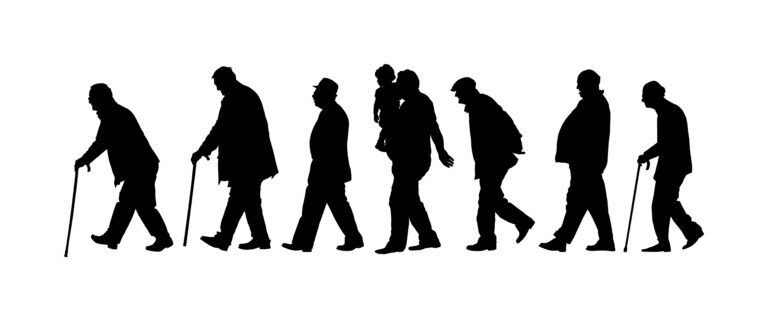Alzheimer’s disease is a progressive neurological disorder that affects millions of people worldwide. It is a form of dementia that primarily affects older adults, causing memory loss, confusion, and difficulty with everyday tasks. As the disease progresses, it can also impact a person’s ability to move and perform tasks such as transferring from one surface to another.
For individuals with Alzheimer’s, using a transfer board can be helpful in maintaining their independence and improving their quality of life. A transfer board is a simple assistive device that helps individuals move from one surface to another, such as from a bed to a wheelchair or from a wheelchair to a car. It consists of a flat board with smooth surfaces on each end and is usually made of wood or plastic.
If you have a loved one with Alzheimer’s who requires assistance with using a transfer board, here are some tips on how you can help them:
1. Explain the purpose of the transfer board
The first step in helping someone with Alzheimer’s use a transfer board is to explain its purpose. It is essential to communicate calmly and clearly, using simple language and nonverbal cues. You can demonstrate how the board works by using it yourself or by showing them pictures or videos. This will allow them to understand the purpose of the transfer board and become more comfortable with using it.
2. Create a safe and comfortable environment
When using a transfer board, safety is of utmost importance. Ensure that the room is clear of any obstacles or hazards that could cause accidents. Also, make sure that the surfaces where the transfer will take place are stable and at the same height. For example, if you are transferring from a bed to a wheelchair, make sure both are at the same level.
Moreover, create a calm and comfortable atmosphere by dimming bright lights and reducing background noise. People with Alzheimer’s may become easily agitated or overwhelmed, so creating a peaceful environment can help them feel more at ease.
3. Use simple and clear instructions
Individuals with Alzheimer’s may have difficulty following complex instructions. Keep the instructions simple, using one step at a time. For example, you can say, “move your left leg to the board” and then “slide your hips over to the wheelchair.” It may also be helpful to use visual cues, such as pointing to the board or holding their hand to guide them.
4. Provide physical support and reassurance
Using a transfer board requires physical coordination and strength, which can be challenging for someone with Alzheimer’s. As a caregiver, it is crucial to provide physical support and guidance when needed. You can do this by standing beside them, holding their hand, or providing a steady surface for them to hold onto. Additionally, providing words of encouragement and reassurance can help them feel more confident and safe throughout the transfer.
5. Be patient and allow enough time
It is essential to be patient and allow enough time when assisting someone with Alzheimer’s in using a transfer board. Rushing them can cause frustration and increase the risk of accidents. Take breaks if needed, and don’t be afraid to try the transfer multiple times if it doesn’t work on the first attempt. Remember to remain calm and patient throughout the process.
6. Practice makes perfect
Like with any new skill, practice makes perfect. It may take some time for an individual with Alzheimer’s to become comfortable with using a transfer board, so it is essential to practice regularly. This will help them build muscle memory and become more confident in using the transfer board.
7. Consider occupational therapy
If you are having difficulty helping your loved one use a transfer board, consider seeking help from an occupational therapist. They are trained professionals who can provide personalized assistance and teach techniques that cater specifically to the needs of individuals with Alzheimer’s.
In conclusion, Alzheimer’s disease can be a challenging journey for both the individual and their caregivers. Using a transfer board can help maintain independence and improve the quality of life for individuals with Alzheimer’s. As a caregiver, it is essential to be patient, provide physical support, and create a safe and comfortable environment. With time and practice, using a transfer board can become a seamless part of daily life for individuals with Alzheimer’s.





